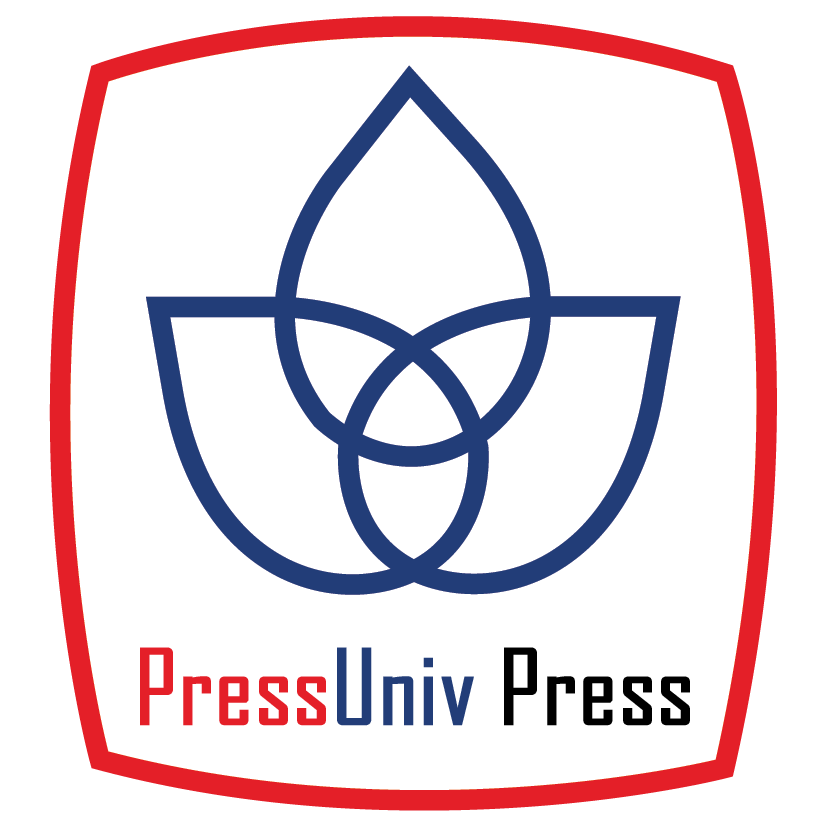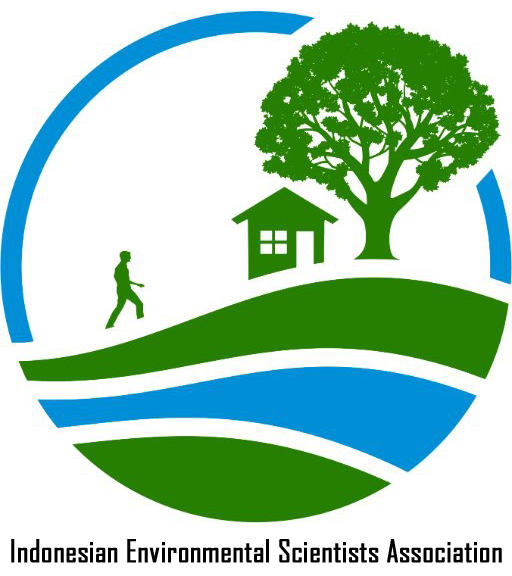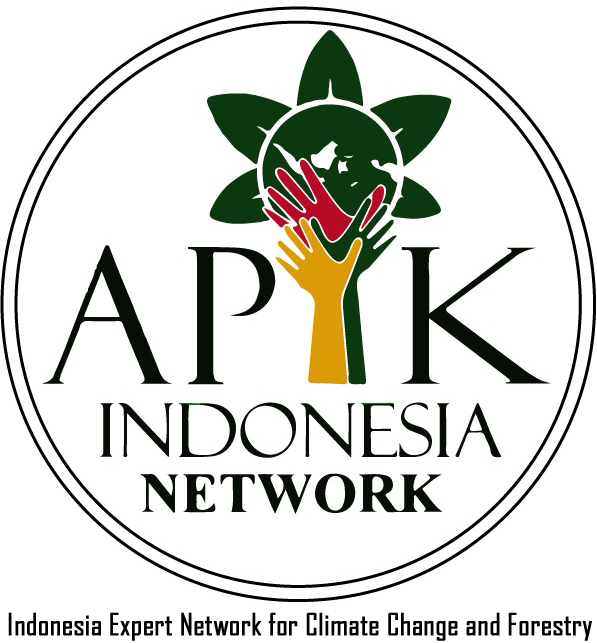The Study Of Making Paving Block Using Bottom Ash And Plastic Waste
Abstract
There is a lot of coal ash waste in Indonesia because most power plants in Indonesia still use coal. And Indonesia produces quite a lot of plastic waste because most people use plastic in their daily lives. Plastic waste and bottom ash can be used as raw materials in the manufacture of paving blocks. The objective of this study is to find out the quality of paving blocks, comply with SNI 03-0691-1996, and find out whether the composition of the bottom ash and plastic waste affects the compressive strength and water absorption. The paving blocks to be made are 10 cm X 10 cm X s10 cm with 5 (five) different types of composition, each composition will have 2 (two) paving blocks, and the drying time is 14 days. This final project uses experimental methods, and T-test, analysis of variance (ANOVA). T-test testing is carried out on each type of quality, namely the quality of A, B, C, and D. 5 different types of compositions produce different qualities, namely the average compressive strength of composition 1 to 5 in order are, 4.76 MPa, 11.56 MPa, 11.4 MPa, 7.65 Mpa and 10.13 MPa. And for water absorption the average water absorption in composition 1 to 5 in order are, 2.08%, 2.16%, 2.18%, 3.12%, and 4.14% . From the T-Test result, paving blocks with compositions 2,3, and 5 have D quality because their compressive strength has complied with D quality even though the water absorption has met A quality. It means paving with compositions 2,3, and 5 can be used as building materials for the garden. And paving blocks with compositions 1 and 4 have A quality, so people can be used as materials for roads. Based on the ANOVA result, the factors of plastic waste and bottom ash significantly influence the compressive strength and water absorption quality.
Full Text:
PDFReferences
Sony, "Indonesia salah satu penghasil tambang terbesar di dunia," Gadjah Mada University Faculty of Economics and Business, 18 October 2019.
V. F. Thomas, "Energi Fosil Sumbang 85% Listrik RI per Mei 2020, Terbanyak PLTU," tirti.id, 1 August 2020.
S. J. Ketenagalistrikan, STATISTIK KETENAGALISTRIKAN 2018, Jakarta: Sekretariat Jenderal Ketenagalistrikan, 2019.
X. Dou et al., "Review of MSWI bottom ash utilization from perspectives of collective characterization, treatment and existing application," ELSEVIER, vol. 79, pp. 24-38, 2017.
R. E. Lumbanrau, "Pemerintah klaim abu batu bara bukan limbah B3 sudah berdasarkan 'kajian ilmiah', warga terdampak abu PLTU: 'debu bukan seperti cabe begitu dimakan langsung pedas'," BBC News Indonesia, 12 March 2021.
"PERATURAN PEMERINTAH REPUBLIK INDONESIA NOMOR 101 TAHUN 2014," PENGELOLAAN LIMBAH BAHAN BERBAHAYA DAN BERACUN, 2014
"PERATURAN PEMERINTAH REPUBLIK INDONESIA NOMOR 22 TAHUN 2021," PENYELENGGARAAN PERLINDUNGAN DAN PENGELOLAAN LINGKUNGAN HIDUP, 2021.
I. Sulistyorini, "Siapa Sangka, Plastik Bahan Paling Efisien dan Serba Guna," Kontan.co.id, 4 March 2019.
N. Anugrah, "KLHK: Indonesia Memasuki Era Baru Pengelolaan Sampah," KLHK PPID, 21 February 2020.
"deklarasi "kendalikan sampah plastik industri"," Ditjen PPKL - KEMENLHK, 2016.
"Mengapa kantong plastik berbahaya? - Gerakan Indonesia Diet Kantong Plastik," dietkantongplastik.info, 11 March 2016.
I. Prasetia, Ma’ruf, and Riswan "POTENSI PEMANFAATAN LIMBAH ABU BATUBARA SEBAGAI BAHAN KONSTRUKSI DI DAERAH RAWA," Sustainable Technology Journal, vol. 5, pp. 71-78, 2016.
R. Fadhilatul, and T. Sulistyaningsih, "PAVING BLOCK BERBAHAN DASAR LIMBAH PLASTIK POLYETHYLENE DAN BOTTOM ASH," Seminar Nasional 2020 Teknologi Industri Hijau 3
B. Indrawijaya, A. Wibisana, A. D. Setyowati, D. Iswadi, D. P. Naufal, and D. Pratiwi, " Pemanfaatan Limbah Plastik LDPE Sebagai Pengganti Agragat Untuk Pembuatan Paving Blok Beton," Jurnal Ilmiah Teknik Kimia UNPAM, vol. 3, pp. 2549 - 0699, 2019.
"SK SNI T-04-1990-F," Teknologi Paving Block, 1990.
“SNI 03-0691-1996," Bata Beton (Paving Block), 1996.
A. Puspitasari, "HUBUNGAN KADAR DEBU BATU BARA DENGAN GANGGUAN FAAL PARU PADA TENAGA KERJA," STIKES Surya Mitra Husada Kediri, 2018.
DOI: http://dx.doi.org/10.33021/jenv.v7i1.3593
Copyright (c) 2022 Surya Hosea Imanuel

This work is licensed under a Creative Commons Attribution-ShareAlike 4.0 International License.
Journal of Environmental Engineering and Waste Management Published by PresUniv Press, in collaboration with IESA and APIK Indonesia Network




